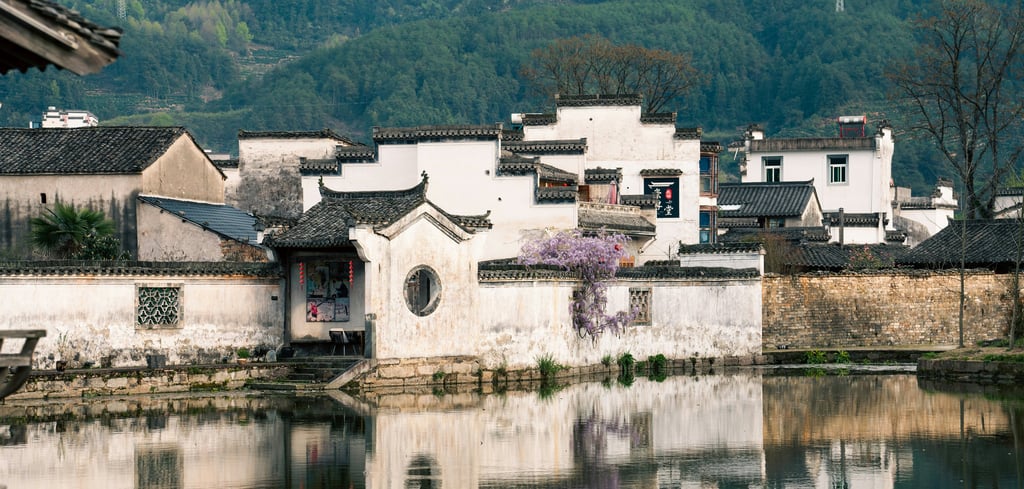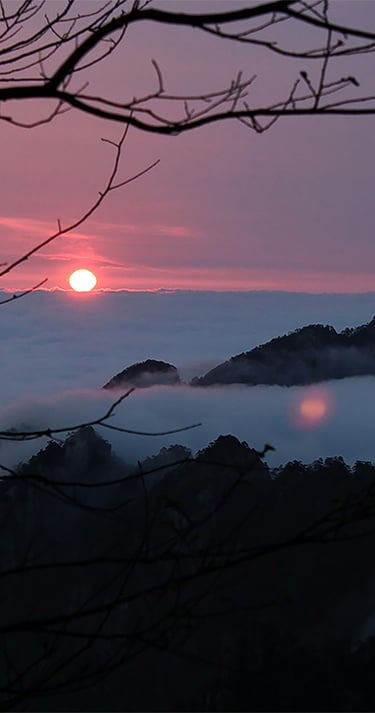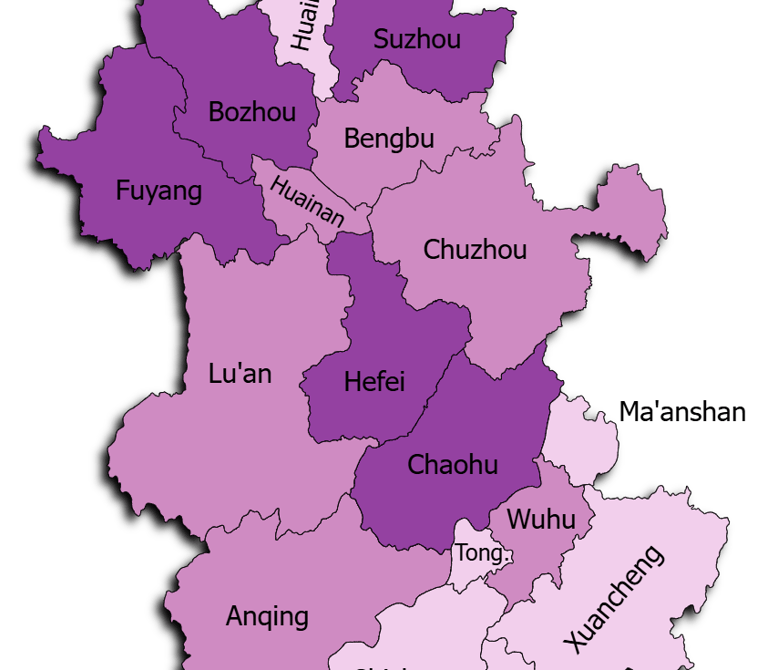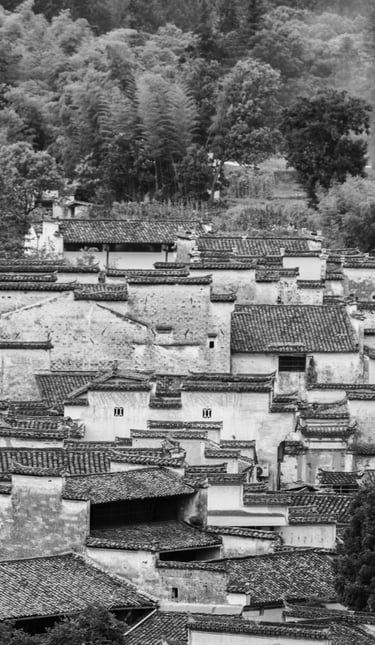Cities in Heilongjiang


Introduction
Heilongjiang is located in the northeast of China, sharing a long border with Russia. The province features vast plains, dense forests, large rivers, and a cold northern climate. Heilongjiang is known for its ice and snow culture, Russian influence, and important role in industry, agriculture, and energy development.


Harbin is located in the central part of Heilongjiang along the Songhua River. The city has a population of about 10 million and sits close to the border region linking northeastern China with Russia. Harbin is known for its mix of modern urban development and historical European architecture.
Harbin is most famous for the Harbin International Ice and Snow Festival, one of the world’s largest winter festivals. The city was an important center for railway construction and trade during the early 20th century, especially with Russia. Because of this history,
Harbin has unique architectural heritage, including Russian, Jewish, and European cultural influences. Harbin is also a major center for engineering, modern manufacturing, and education, with institutions such as Harbin Institute of Technology, recognized as one of China’s leading universities in aerospace and robotics research.
📍 Main places to visit include Saint Sophia Cathedral, Zhongyang Street, Harbin Ice and Snow World, Sun Island Park, Harbin Institute of Technology Museum.
Harbin (哈尔滨)
Qiqihar (齐齐哈尔)
Qiqihar sits in the western part of Heilongjiang on flat grassland near the Nen River. The city has a population of around 5 million and is about 280 km from Harbin. It is known as an important industrial and agricultural center in the region.
Qiqihar is recognized for its long connection to heavy industry and machinery production, especially during the industrial development of Northeast China. The city is also linked to the Daur ethnic group, whose culture continues to influence local traditions. Qiqihar is famous for the Zhalong Nature Reserve, a major international protected wetland and habitat for the red-crowned crane, one of the most symbolic birds in East Asia.
📍 Main places to visit include Zhalong Nature Reserve, Longsha Park, Bukui Mosque, Ang'angxi Fossil Museum, Northeast Anti-Japanese Memorial Hall.




Mudanjiang is located in the southeast of Heilongjiang near the Changbai Mountains and close to the Russian border. The city has a population of about 2 million and is roughly 350 km from Harbin. It is known as a city with strong natural landscapes and a strategic border position.
Mudanjiang is well known for mirror-like lakes, forests, and volcanic landscapes, especially around Lake Jingpo, one of the largest volcanic lakes in Asia. The city also plays an important role in trade with Russia and has developed cross-border cooperation zones. Mudanjiang hosts Normal University and agricultural research institutes, supporting education and ecological studies in the region. Tourism, forestry, and food processing are important parts of the local economy.
📍 Main places to visit include Lake Jingpo, Underground Forest Scenic Area, Diaoshuilou Waterfall, Beishan Park, Hailang River Scenic Belt.
Mudanjiang (牡丹江)
Hegang (鹤岗)
Hegang is located in the northeast of the province near the Heilongjiang (Amur) River. It has a population of around 1 million and sits about 350 km from Harbin. Historically, the city developed around natural resources.
Hegang is mainly known for its coal mining industry, which shaped the local economy for decades. In recent years, the city has focused on restructuring industries and developing forestry, tourism, and clean energy sectors.
📍 Main places to visit include Dongshan Park, Hegang Mining Museum, Xing'an Forestry Scenic Area, Heilongjiang River Viewpoint.
Jiamusi (佳木斯)
Jiamusi lies in eastern Heilongjiang near the Songhua River and close to Russia. The city has a population of about 2 million and is about 440 km from Harbin. It acts as a regional transportation and trade center.
Jiamusi is associated with agriculture and industry, including machinery, paper production, and energy. It also plays a role in cross-border economic development because of its position near Russia. The city is home to Jiamusi University, which supports medical and engineering studies in the region.
📍 Main places to visit include Songhua River Riverside Park, Chaoyang Temple, Fuyuan Wetland Scenic Area.




Heihe (黑河)
Heihe sits on the northern border along the Heilongjiang (Amur) River, directly across from Russia’s Blagoveshchensk. The population is about 1 million. Its role centers on international exchange and border cooperation.
Heihe is known for cross-border trade with Russia and developing logistics and tourism linked to its geographic position. The city also has natural reserves and forest landscapes typical of northern China.
📍 Main places to visit include Heihe Riverbank Park, Russian Style Street, Aihui Ancient City Site.
Daqing (大庆)
Daqing is located west of Harbin on open grassland and wetlands. The population is around 2 million. The city is known as one of China’s most important modern resource-based cities.
Daqing is famous for the Daqing Oil Field, one of the largest in China, which made the city a national symbol of industrial development. Research, petroleum engineering, and modern energy industries remain central to its identity.
📍 Main places to visit include Iron Man Wang Jinxi Memorial, Lianhuan Lake Scenic Area, Daqing Oilfield Exhibition Hall.




Navigation
Main Menu
nathan.china-sphere.com
© 2025. All rights reserved.